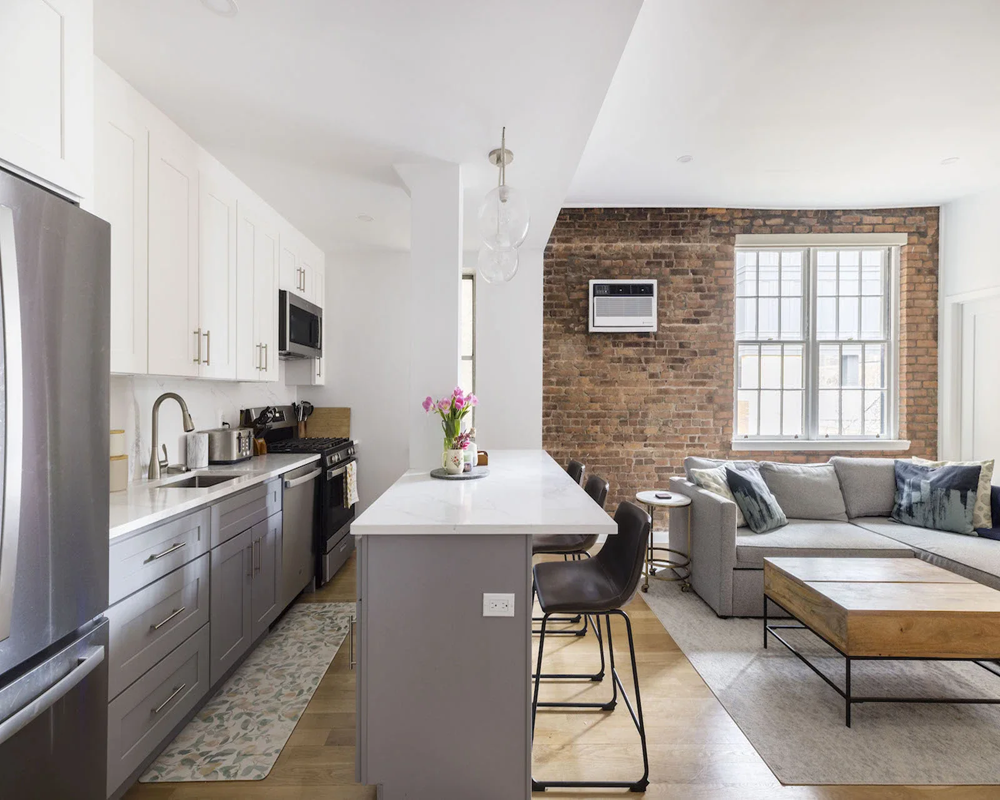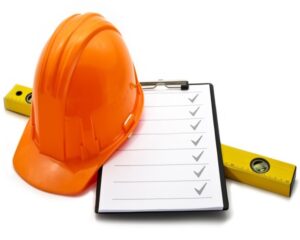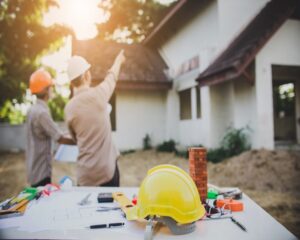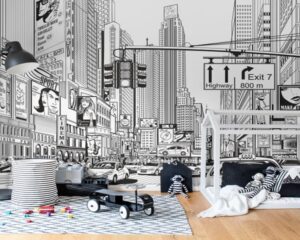Navigating the world of Department of Buildings (DOB) permitting can be a complex task. Here’s a step-by-step guide for obtaining city approval for your renovation project.
Understanding Type I and Type II Permits
In general, there are two types of permits required for work in a co-op, condo, or townhouse:
Type I: Required for projects that involve changes to a building’s use, egress, or occupancy type. For instance, changing a property’s use from commercial to residential would fall under this category.
Type II: This permit is for renovations that don’t change the use, egress, or occupancy type, such as adding a bathroom or bedroom, or undertaking trades like plumbing, electrical, and construction.
What Renovations Require DOB Permitting?
Most major renovations require DOB permitting. This includes structural changes, any work involving gas, plumbing, or electrical systems, and additions like bathrooms or bedrooms.
However, cosmetic “surface upgrades” such as painting, wallpapering, installing cabinets, and replacing fixtures typically do not require permits. Always check with the DOB or a knowledgeable professional if you’re unsure.

Professional Certification vs. Self-Certification
The DOB offers two paths for permit approval: professional certification and self-certification.
Professional Certification: In this process, a registered architect (RA) or professional engineer (PE) reviews the plans for compliance with all applicable laws and regulations, then submits them to the DOB.
Self-Certification: Also known as “Directive 14,” allows an RA or PE to certify their own work without a full DOB review. However, these applications are subject to audit, and any false statements can lead to severe penalties.
Preparing for Inspections
Once work is complete, it must pass a final inspection by the DOB to ensure compliance with the approved plans and building codes, including ADA rules. To prepare, create a “punch list” of items to be completed or corrected before the final inspection.
Dealing with Prior Illegal Work
If prior illegal work is discovered during the permit application process, it can complicate matters. You may have to legalize the work, which could involve additional permits, fines, or even removal of the work. Consulting with an experienced professional can help navigate these issues.

Remember, every project is unique, and this guide provides general advice. Always consult with a knowledgeable professional who understands the intricacies of DOB permitting in NYC. They can help ensure your renovation project is compliant, safe, and up to code.



